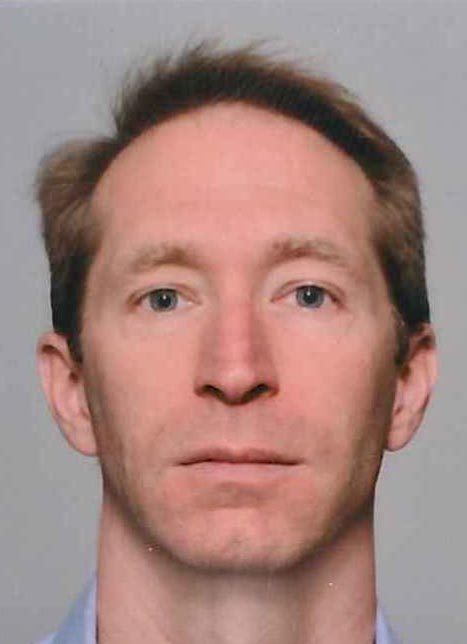Affiliation: Koç University

Matthew Harpster is Assistant Professor in the Department of Archaeology and History at Koç University, and Director of the Mustafa V. Koç Maritime Archaeology Research Center; he holds his degrees from The George Washington University, University of St. Andrews (M.Phil.), and Texas A&M University (Ph.D.). His research interests are ancient Mediterranean maritime landscapes and communities, maritime archaeological theory and history, maritime cultural heritage management, Roman and Byzantine archaeology and history to the First Crusade, and the history of science and technology. Professor Harpster is the Principal Investigator for the Maritime Survey of the Amalfi Costiera. He is the AIA McCann-Taggart Lecturer for 2018/2019.
A dominant theme in maritime archaeological research is an interpretive approach that prefers the application of a singular, historical identity to a shipwreck. Thus, we perceive and label sites on the seafloor as ‘Greek’, ‘Venetian’, or ‘English’. These labels are valuable as they can ease the interpretation of the site – the archaeological data can be embedded within a broader historical context such as Ancient Greece, Renaissance Italy, or Protestant England. Equally, the presence of the archaeological data can enhance and add minute detail to the maritime history of the associated culture.
The Ancient Maritime Dynamics (AMD) project at Koç University in Istanbul has been questioning this perspective by implementing and testing an alternative interpretive approach with a large dataset from the Mediterranean Sea. AMD proposes that the maritime landscape of the ancient Mediterranean contained places of meaning and significance equivalent to those on land, and that the submerged assemblages thus represent the activities and patterns of the communities that populated the sea, rather than the geopolitical entities on the surrounding shores. Through a collation of data from approximately 1100 assemblages on the Mediterranean seafloor, and modeling and superimposing the movements of the ships those assemblages represent, AMD proposes that it is possible to discern patterns of activity and movement, and that the assemblages may be decoupled from the surrounding historical narratives. These results, and the associated theory, may represent a new basis for conducting maritime archaeology.